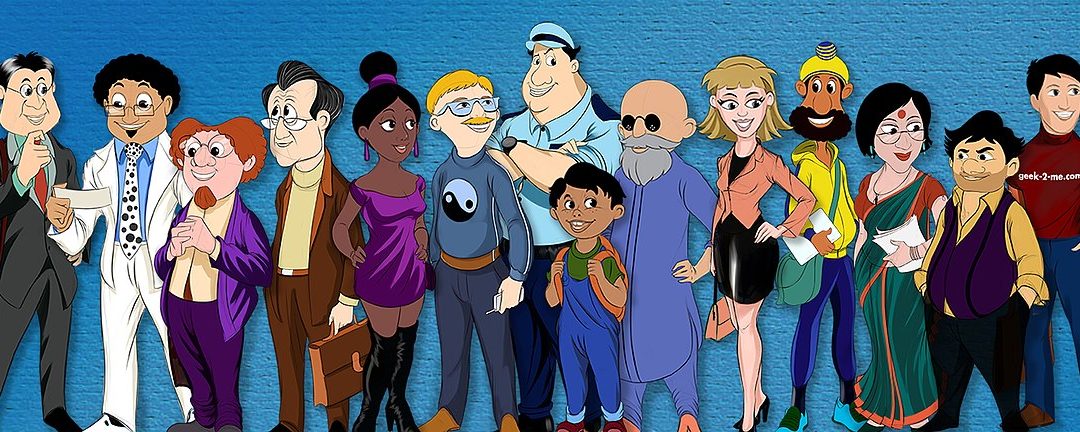This week’s blog post is by Starling Jaquan. Illustration by Francis Cleetus
You are starting off on a new project with your team. The air is filled with excitement and anticipation. Each member brings a unique set of skills and perspectives to the table, so you might wonder how to foster team morale, ensure everyone is on the same page, and build a shared understanding that fuels our collective success?
A team collaboration plan is a powerful tool to pave the way for effective collaboration. It outlines the strategies for working together to achieve your collective goals.
Without a well-defined structure even the most talented teams can struggle to align their efforts. A team collaboration plan is a roadmap that guides your team to a shared destination. Each member’s aspirations and expertise are acknowledged, so everyone’s contributions are valued. Collaboration is a delicate dance, and sometimes disagreements emerge. Conflict is inevitable, and a collaboration plan establishes a process for approaching conflict constructively.
How to Approach Creating a Team Collaboration Plan
The whole team should be in the room when creating the plan, so that everyone’s input is heard and included. Making a team collaboration plan is not just about drafting a document, it’s about fostering a sense of ownership among team members. At every step along the way allow for team members to vocalize their thoughts on the following topics.
1: Team Goals
What do you aim to achieve as a team? In this crucial step collectively define your team’s overarching objectives. Be specific and make sure that everyone is on the same page.
2: Individual Goals
How does everyone envision growing, learning, and contributing? Allow each team member to express their personal goals for the project. This step promotes transparency and helps align individual aspirations with the team’s mission.
3: Success
What does success look like for everyone involved? Collectively envision what achievement looks like for your project. Allow everyone to think about this holistically and consider what success looks like as both a team and individually.
4: Communication Channels
When might it be more appropriate to send a message over Microsoft teams versus an email? Discuss and decide how the team will communicate. Define preferred communication channels, expected response times, and related responsibilities.
5: Conflict Resolution
What does a successful conflict resolution look like? Anticipate conflicts and outline a strategy for resolving them. Establish a process for addressing disagreements and ensure that everyone is commitment to respectful communication, even in challenging situations.
6: Accountability Mechanisms
How will the team track progress to ensure that tasks are completed and that deadlines are met? Discuss how the team might develop a system for holding each other accountable. Accountability keeps the team on track and motivated.
7: Formalize the Collaboration Plan
Draft the plan and send it to the team for review. Make sure the plan includes everything the team discussed and agreed on. Encourage open feedback and adjustments as needed. Once everyone is on board, make sure the final version is accessible for all team members.
A team collaboration plan is a living document, as the project evolves revisit and revise the collaboration plan periodically. Remember, a collaboration plan is designed to empower not constrain. The plan is a tool to guide the team, not a rigid set of rules.
The next time you have a team that is starting on a new project consider creating a team collaboration plan. A team collaboration plan acts a roadmap to ensure everyone is headed in the same direction while fostering a positive and productive team environment.

